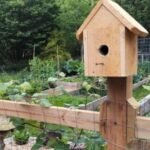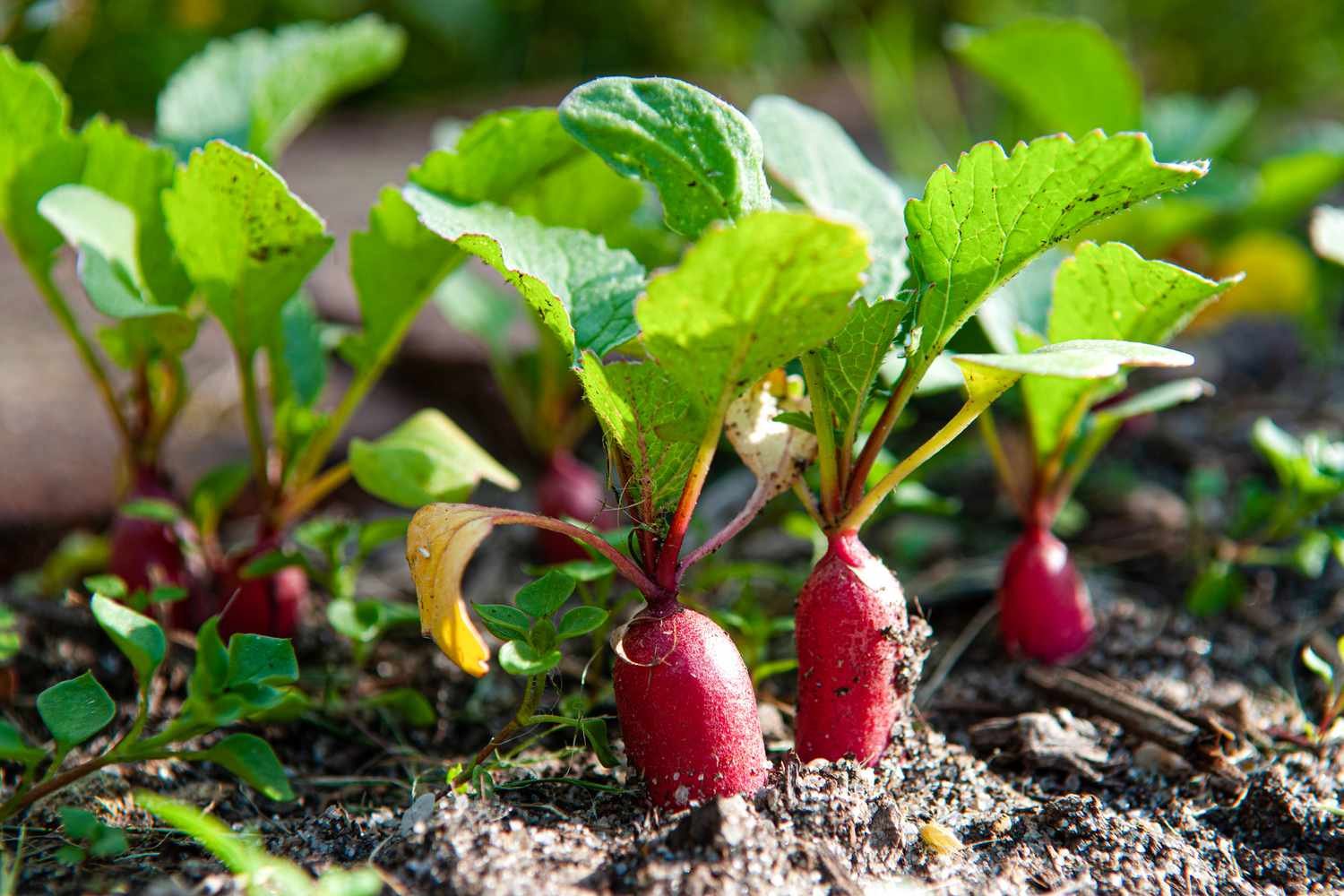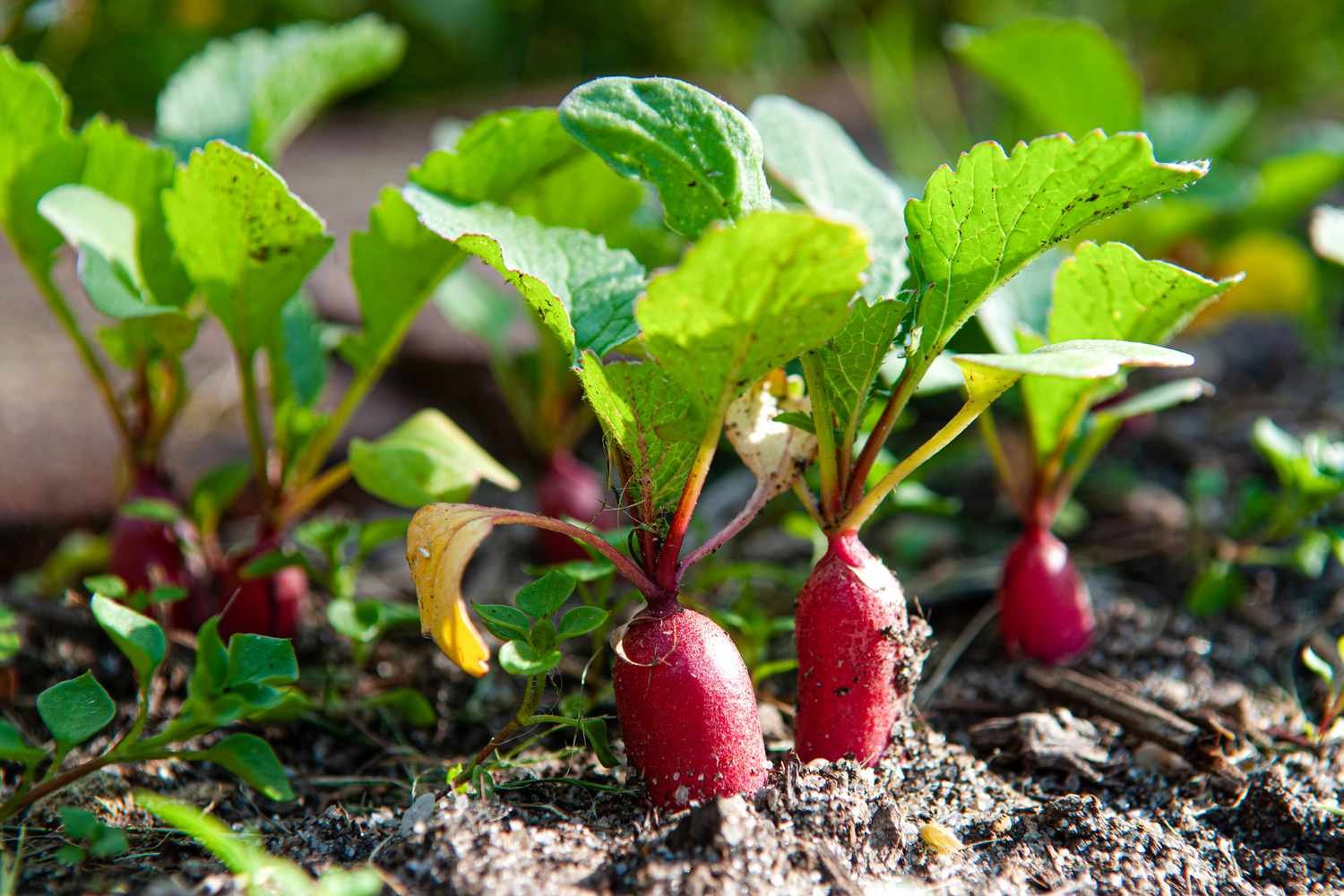In fire-prone areas, creating a fire-resistant garden is not just about aesthetics but also about protecting your property and community. A fire-resistant garden incorporates plants, design features, and maintenance practices that reduce the risk of fire spread and damage. By understanding how to select fire-resistant plants, design your garden for defensibility, and maintain it effectively, you can create a safer environment for your home and surroundings. Let’s explore the best practices for creating a fire-resistant garden that enhances safety and sustainability.

Choosing Fire-Resistant Plants
Opt for plants that have low flammability characteristics. Look for species that retain moisture well and have minimal volatile oils and resins. Some examples include:
Succulents and Cacti
Plants like aloe vera, agave, and prickly pear are excellent choices due to their water-retentive tissues and minimal flammability.
Deciduous Trees
Trees such as maple, oak, and poplar shed their leaves seasonally, reducing the presence of flammable material.
Herbaceous Perennials
Plants like lavender, yarrow, and ornamental grasses are often less prone to catching fire.
Spacing and Arrangement
Maintain proper spacing between plants and group them strategically to minimize continuous fuel loads. Creating islands or clusters of plants with non-combustible elements in between can help prevent fire spread.
Native Plants
Consider using native plants adapted to your region’s climate and fire regime. Native species are often well-suited to local conditions and can be naturally resilient to fires.
Smart Garden Design
Design your garden with a defensible space around your home:
Clearing Zones
Regularly clear dry leaves, dead vegetation, and other flammable debris from the garden and near structures.
Reducing Ladder Fuels
Trim lower branches of trees and shrubs to prevent fires from climbing into canopies.
Hardscaping Features: Incorporate non-combustible materials into your garden design:
Pathways and Patios
Use materials like gravel, stone, or concrete for pathways, patios, and other hardscape features to create firebreaks.
Walls and Fences
Consider using fire-resistant materials for boundary walls and fences to help contain fires.
Mulching and Ground Cover
Use non-flammable mulch such as gravel or rock around plants instead of organic mulches that can ignite easily. Ensure mulch is well-maintained and kept clear of dry debris.
Proper Garden Maintenance
Regular Pruning and Thinning
Prune trees and shrubs to remove dead or dry branches. Thinning dense vegetation reduces fuel continuity and limits fire spread.
Watering and Irrigation
Keep plants adequately watered, especially during dry periods. Proper irrigation helps plants stay healthy and resilient against fire.
Fuel Management
Manage vegetation to reduce fuel loads:
Grazing and Controlled Burning
In larger properties or rural settings, consider controlled grazing or prescribed burning under expert guidance to reduce vegetation density and mitigate fire risk.
Community and Environmental Considerations
Collaboration with Neighbors
Coordinate with neighbors to create a fire-resilient community. Encourage them to adopt fire-resistant landscaping practices and maintain defensible spaces around their homes.
Educational Outreach
Share information about fire-resistant gardening practices with your community. Participate in local fire safety initiatives and educate others on the importance of landscape design in wildfire prevention.
Adaptability and Monitoring
Regularly assess your garden’s fire resilience. Adapt practices based on changing weather patterns, local fire risk assessments, and feedback from fire authorities.
Conclusion
Creating a fire-resistant garden involves thoughtful plant selection, strategic garden design, and diligent maintenance practices. By implementing these best practices, you can reduce the vulnerability of your home and property to wildfires while promoting biodiversity and sustainability. Remember, creating a fire-resistant garden is an ongoing effort that requires collaboration with neighbors and adherence to local fire safety guidelines. Start applying these strategies today to safeguard your garden and contribute to a safer, more resilient community environment.











